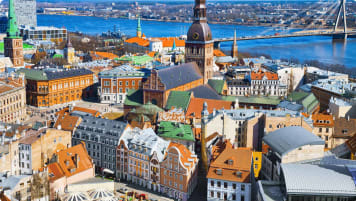Questions about Latvia: The Definitive Guide for Travellers
Escorted small group tours for mature and senior travellers to Latvia. Designed for couples and solo travellers who like to explore and enjoy learning as they travel to Riga and the cathedral, Turaida castle or Rundale place and many other places of historic interest.
10 Nov 19 · 2 mins read
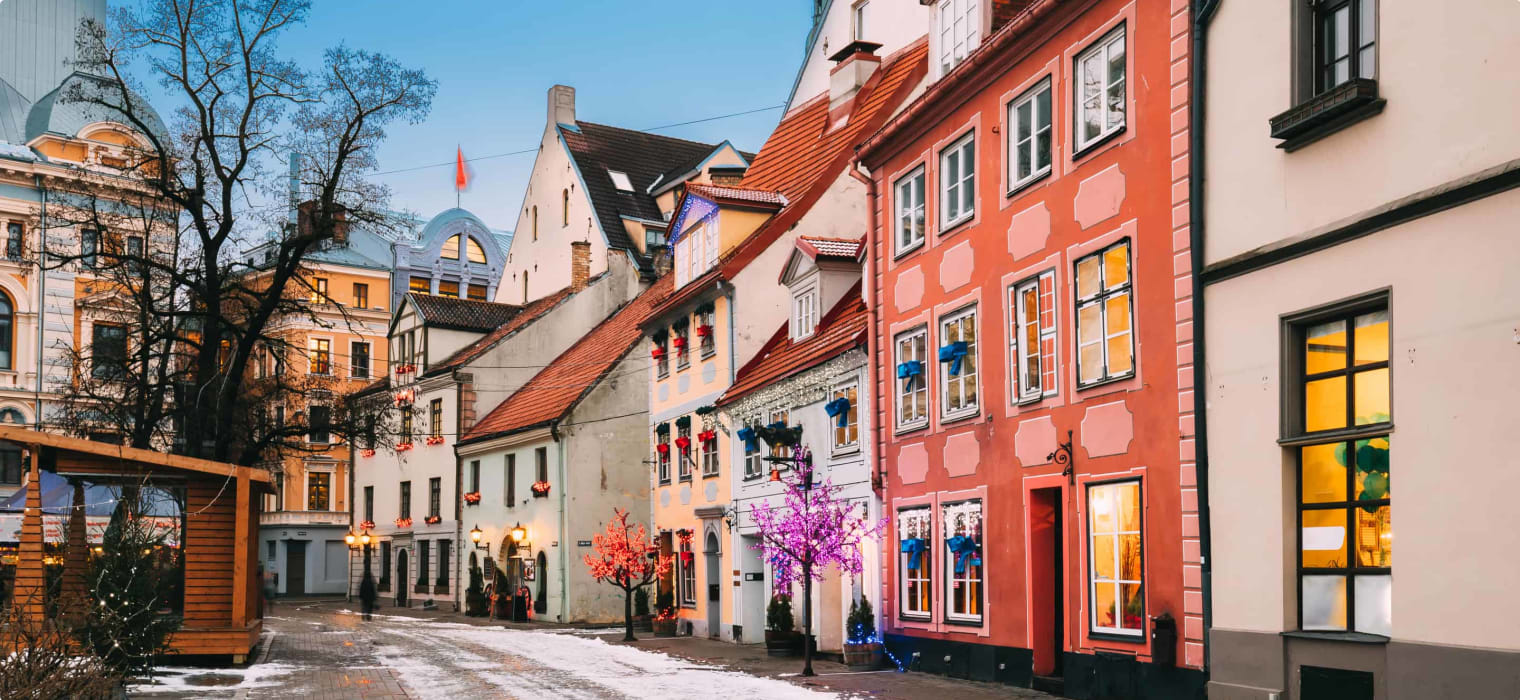
Questions About Latvia for senior travellers
Odyssey Traveller specialises in crafting unforgettable experiences for senior and mature-aged travellers interested in learning as they travel as a couple or as a solo traveller. Providing adventure and educational programs to escorted small group tours since 1983. Odyssey has built up a reasonable knowledge bank to answer questions about Latvia that travellers are likely to ask, as they make their plans to tour independently, or with us as part of a small group tour. We hope that this list of frequently asked questions and the answers we provide will help you with planning your next holiday.
Read on, but please do not hesitate to contact us via the website, or through email or chat if you have more questions about Latvia or our other tours.


FAQs
Where is Latvia located?
Latvia is one of the three Baltic States, which are surrounded by the Baltic Sea to the west and north. Located in north-central Europe, the Baltics are at the crossroads between Scandinavia, Germany, Poland and Russia.
Latvia is in the middle of the three Baltics, bordered by Estonia to the north and Lithuania to the south. It is also bordered by Russia to the east and Belarus to the south-east.
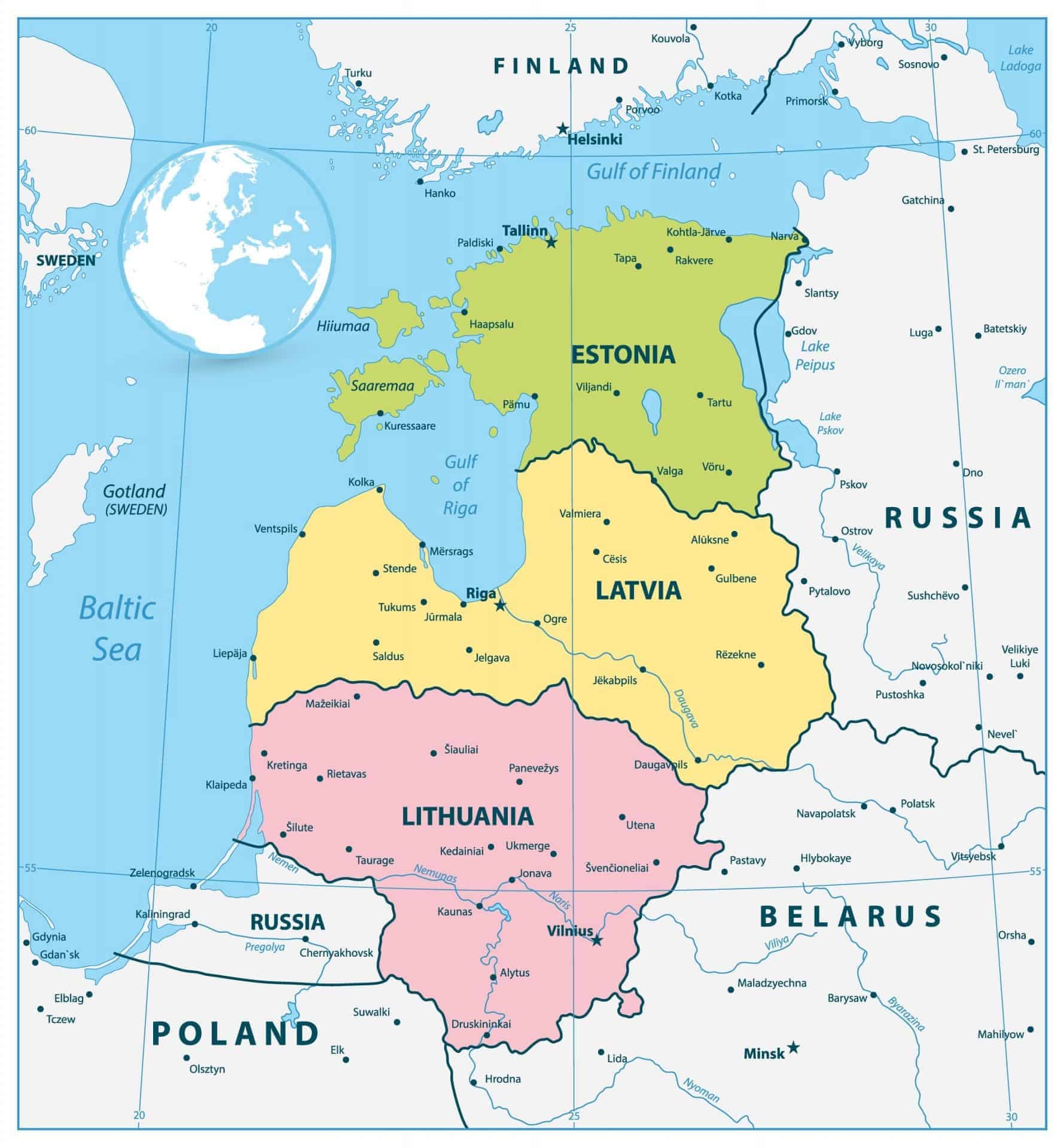
What language do they speak in Latvia?
The majority of people in Latvia speak Latvian, with a significant proportion (around one third) speaking Russian as their first language. Minority languages include Romany and Yiddish.
Latvian is part of the Baltic language subgroup of the Indo-European language family. It is closely related to Lithuanian, along with a number of lesser-known languages.
How did Latvia get its name?
The name Latvia (Latvija) is derived from the name of the ancient Latagalian tribe, one of four Baltic tribes that form the core of the modern Latvian people.
How did Latvia get independence?
The history of Latvia has been one of centuries of foreign rule.
In the Middle Ages, the area that would become Latvia was populated by four Baltic tribes. These tribes were pagan until the 13th century, one of the last regions in Europe to become Christian. In the 11th century, German missionaries made peaceful attempts to convert the region; but as soon as they left, the new converts jumped into rivers to wash off their baptism.
In the early 13th century, with the support of the Pope, German and Danish invaders launched the Livonian Crusades, to convert the Latvians by force. Bishop Albert of Buxhoevden, with the permission of the Pope, founded the Livonian Brothers of the Sword, which merged with the Teutonic Order in 1237. By this time, they had conquered all of the Latvian tribal confederations and the region was Christianised.
Subsequently, the Germans formed a Livonian Confederation, which ruled the region for more than three centuries. German rule was divided between various factions: the Teutonic Order, the Archbishopric of Riga, and the free city of Riga which, established by the German invaders, became an important trading city and a member of the Hanseatic League. At the same time, indigenous Latvians were marginalised from political and economic power, and generally did not benefit from the increased prosperity brought by Baltic Sea trade. Latvian nobles either became part of the German ruling order or were marginalised, while the peasantry were forced into serfdom.
In 1561, Latvia was partitioned. The south went to Poland-Lithuania, while Sweden took Riga and the north-east. The west of Latvia was a semi-autonomous duchy, ruled by Duke Kettler, who had colonies in Africa.
In 1710, following victory in the Great Northern War, Riga passed from Sweden to Russia. By the end of the 18th century, all of Latvia was part of the Russian Empire.
In the late 19th century, Latvia saw a national revival. Latvian serfs were emancipated early in the century and with the freeing of serfs across the Russian Empire in 1861 free peasants could finally buy the land of their ancestors. Newspapers were printed in Latvian for the first time while Latvians developed an interest in their history, folk traditions, and ethnic culture. In the Russian Revolution of 1905, the idea of a Latvian state was floated – but as the revolution was put down, quickly abandoned.
Following the Russian Revolution of 1917, Latvia declared independence. However, parts of the region were occupied by Germany, and Latvia would become front line in the Russian Civil War between the Bolsheviks and the ‘White’ faction, aided by the Germans. After the war, a Latvian-Soviet peace treaty was signed, and the Soviet Union recognised Latvia’s independence.
It wouldn’t last long. The Nazi-Soviet pact of 1939 gave Latvia to the Soviets, and the country was soon occupied by the Red Army. This was followed by a Nazi occupation in 1941, tragically leading to the death or deportation of over a 100,000 Latvians, most of them Jewish.
When World War Two ended, the Soviets marched back in. Latvia became part of the Soviet Union for the next forty years. The loosening of Soviet rule in the late 1980s saw the emergence of a Latvian independence movement. In 1989, two million Latvians, Lithuanians, and Estonians formed a human chain, 650 kilometres long, that stretched from Vilnius in Lithuania, through Riga, to Tallinn in Estonia.
Following the dissolution of the Soviet Union in 1991, Latvia declared its independence.
What is Latvia known for?
Paganism
As one of the last parts of Europe to join Christendom, pagan traditions remain strong in Latvia. The Latvian people worship nature at the annual Midsummer – or Jāņi – festival. Latvians celebrate by picking wild flowers, singing folksongs, drinking beer, and eating caraway cheese. At the heart of the festivities is the tradition of jumping over the bonfire, which is said to rid you of your burdens.
Singing
Latvians proudly call themselves ‘a nation of singers’. Traditionally, folk songs (or dainas) were sung as part of daily work and at celebrations, oral reflections on life passed from generation to generation. The national movement in the 19th century saw dainas as a central aspect of Latvian identity, and sought to record and collate as many as they could. Today, over 1.2 million dainas have been recorded.
Folk song remains at the heart of Latvian identity today. Every five years, Riga hosts the Nationwide Latvian Song and Dance Celebration, a traditional song and dance festival that draws over 30,000 visitors – most of them Latvian. Choirs across the nation compete to be awarded the best while the city is taken over by folk song and dance.
Baltic song and dance practices have been listed on the UNESCO Intangible Cultural Heritage List.
Art Nouveau
Riga is famous for its extensive collection of Art Nouveau architecture. Over 700 buildings were constructed in the style between 1899 and 1914, giving Riga the largest number of Art Nouveau buildings in the world.
The Art Nouveau movement emerged at the end of the 19th century as a deliberate attempts by artists – frustrated by the historical revival styles of the 19th century – to create a truly new style, free from historic imitation. The style spread around Europe, taking different names in different contexts – Art Nouveau in France and England; Jugendstil in Germany; Sezessionstil in Austria; and Modernismo in Spain. Though there were national variants, Art Nouveau as a whole was characterised by its use of long and asymmetrical lines, which took inspiration from the organic and sinuous forms found in nature. Richly decorative, Art Nouveau often referenced the delicate objects found in nature such as flowers, vines, and insect wings. The style can be found not just in architecture and art, but in decorative furniture, jewelry, ceramics and textiles.
The international popularity of the style corresponded with a period of prosperity for Riga which was the Russian Empire’s major Baltic port. New prosperity led to rapid construction, and following the Latvian Ethnographic Exhibition in 1896 and the Industrial and Handicrafts Exhibition in 1901, Latvian architects began building in the new style. Like in other Nordic and Eastern European countries, Art Nouveau became entwined with the national revival, as a new generation of architects incorporated local materials and local ornamental motifs into the style.
Today, Art Nouveau styles can be seen all around the city centre of Riga. Head to Alberta Iela to see richly ornamental buildings, many designed by the Russian architect Mikhail Eisenstein, father of the famous film director Sergei Eisenstein. The Latvian architect Konstantīns Pēkšēns incorporated more local elements and nationalist motifs into his work. Along with Eižens Laube, he designed his private home in Art Nouveau style. Today, the building is home to Riga’s Art Nouveau museum, with rooms decorated in the style of the late 19th century.
Riga’s collection of Art Nouveau buildings was recognised as a UNESCO World Heritage Site in 1997.
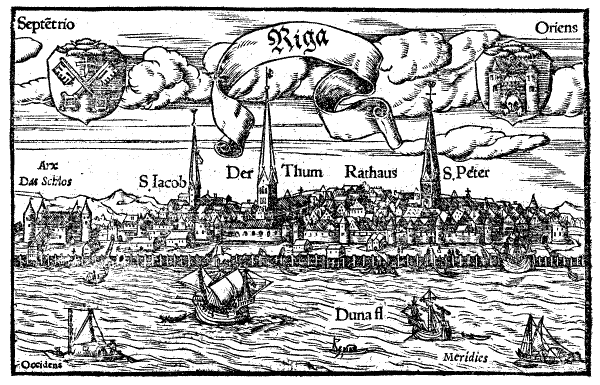
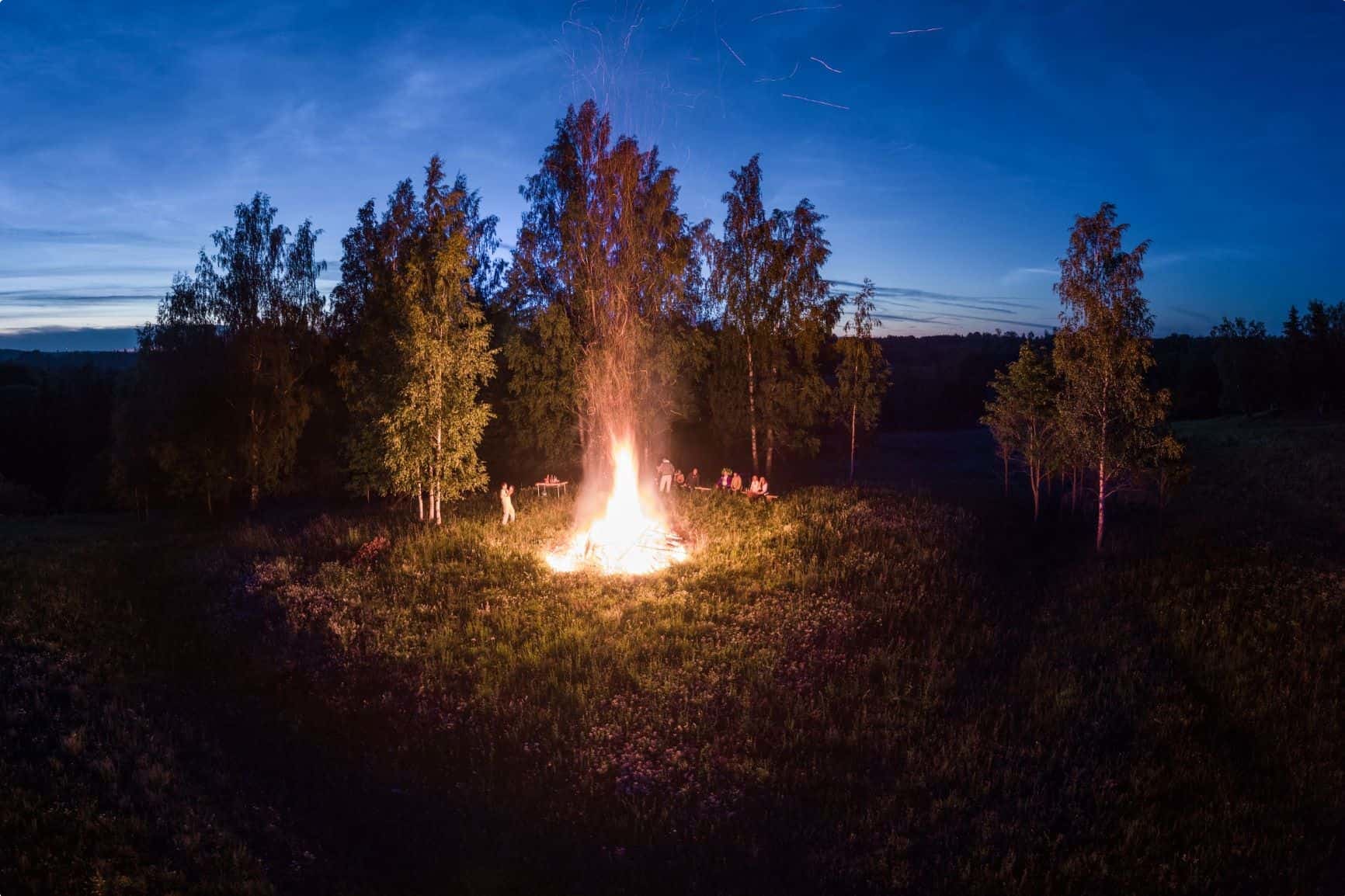
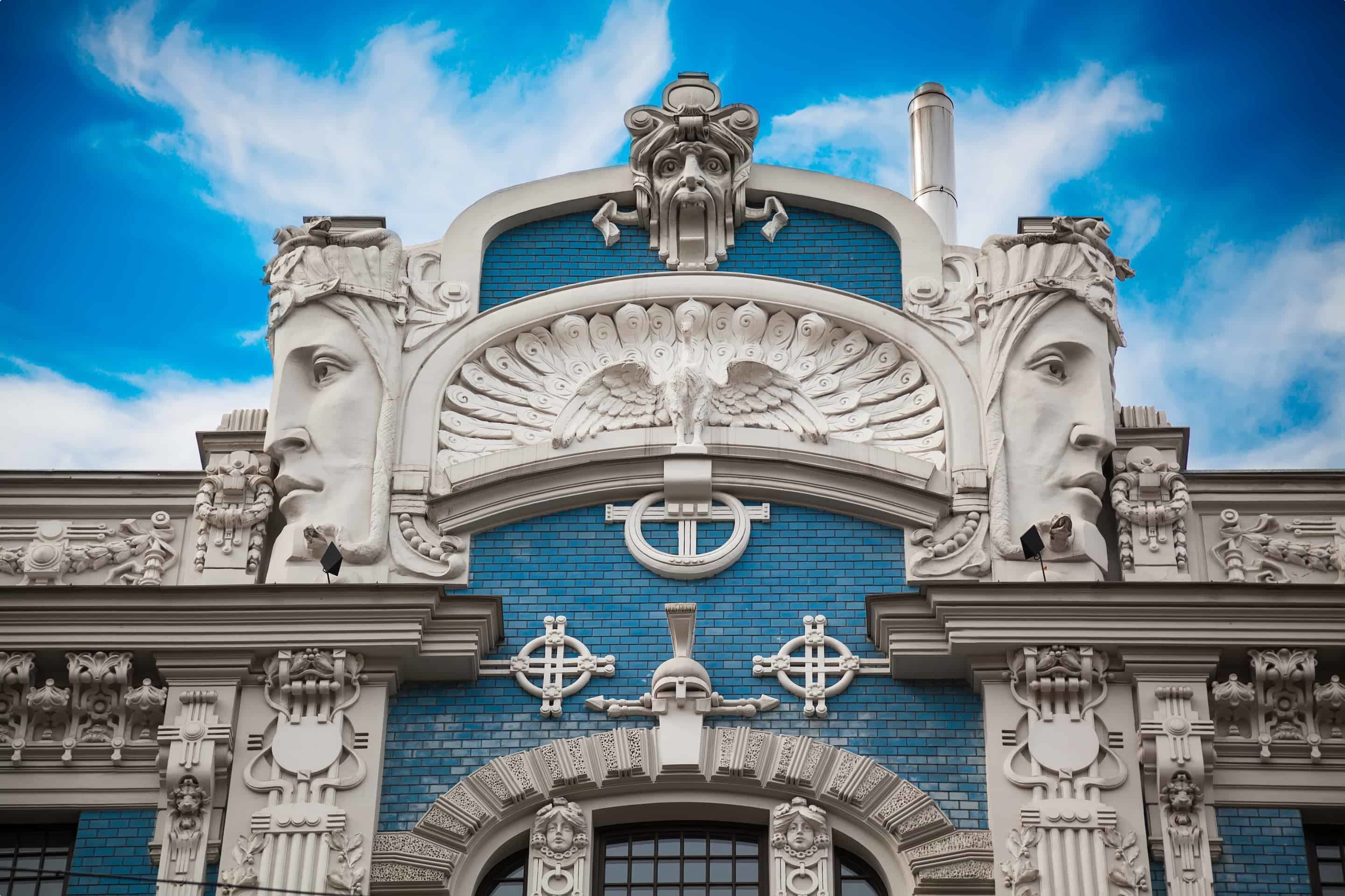

What to see in Latvia?
Riga
The city of Riga has much to offer beyond its must-see collection of Art Nouveau buildings. Old Riga, built between the Middle Ages and the 19th century, is a UNESCO World Heritage-listed warren of cobbled streets, church spires, and town squares. The city’s medieval prosperity as a Baltic port is manifest in the rebuilt House of Blackheads, and the Great and Small Guild Halls. The Three Brothers, the three oldest residential buildings in Riga, span centuries of the city’s history: the oldest, No. 17 dates back to the Middle Ages, while the other two were built in the 17th and 18th centuries. The Latvian Museum of Architecture is located at No. 19.
One of the most quaint streets in Old Riga is Jauniela (New Street), home to the vividly coloured 1221 Restaurant. The street, frequently used as a location in Soviet film and TV productions, is immediately recognisable to viewers around the Soviet Union as Baker Street, the home of the immortal London detective Sherlock Holmes.
Riga Central Market is the largest market in Europe, located in a series of 1930s zeppelin hangers. Today, you can find fresh produce, along with souvenirs and handmade products at reasonable prices.
Outside Riga
Though Riga is by far Latvia’s biggest city, don’t assume that it has all that there is to see in Latvia. The Latvian countryside is home to many important historical locations. The evocative medieval castle of Cēsis has borne witness to centuries of history. Established in 1214 as the Livonian Order’s outpost among the pagans of Latvia, it was sacked by Ivan the Terrible in 1577.
Baroque grandeur can be witnessed at Rundāle Palace, home to the Duke of Courland. Though from the very lowest ranks of nobility (his grandfather had been a groom in the service of the Duke of Courland, and had recieved a small estate), Ernst Johann von Biron became the lover of the Russian Empress Anna – and the most powerful man in the Russian Empire.
At the peak of his power, Biron (given the title of Duke of Courland) commissioned the Italian architect Bartholomeo Rastrelli, who built the Winter Palace in St. Petersburg, to build him a summer palace. After the death of Empress Anna, Biron fell out of favour, and it was only during the reign of Catherine the Great at the end of the 18th century that he was able to return to his palace and complete the building process. Today, around 40 of the palace’s 138 rooms are open to visitors, along with the stunning landscape gardens, based on those of Versailles.
Latvia is also a country of underrated natural beauty. Nature here is virtually unspoilt. Make sure to visit the pristine beaches of Cape Kolka, zoned off in Soviet times as a high security military base (and thus kept pristine today), and take in the woods and valleys of Gauja National Park, in southern Latvia.
What to buy in Latvia?
Amber: The Baltic region has been celebrated for its amber since ancient times, with 80% of the world’s amber supply coming from the Baltic Sea. In Latvia, look for local artisans who mold amber into jewelry, homewares, and other decorative artwork, shimmering in over 250 shades.
Jewelry: An old expression holds that anyone returning from Riga should buy a silver ring for good luck. Today, local artisans craft jewelry using designs and methods dating back to the ancient Liv people.
Pottery: Pottery has existed in Latvia since the 10th century AD, and each region of the country has its own distinctive styles, shapes, colours and ornamentation. All, however, use mythological shapes and symbols in decoration. In Riga, pots are combined with peat bog plant roots (Pampalu pots) used in balneotherapy, a traditional spa treatment.
Balsam: Riga Black Balsam is a traditional liquor made from a strictly guarded secret recipe believed to contain over 24 plants, herbs and flowers, mixed with pure alcohol. The drink is highly alcoholic, with a liquor content of over 45% and has a strong, distinct flavour that is both bitter and sweet at the same time. Traditionally held to have medicinal properties, today it is still held to cure stomach pains. Mostly, however, it is drunk with other alcohols in cocktails, or added to coffee and ice cream.
What to eat in Latvia?
Latvian food tends to be hearty, designed to be warming during the long and cold winters. The national dish is pelēkie zirņi ar speķi, or ‘grey peas and speck’, a stew made from a local variety of dried pea (a bit like a chickpea) mixed with fried onion and diced speck, a type of fatty bacon made from pork belly.
Like its Northern European neighbours, Latvia is famous for its dark rye bread, which is served as an accompaniment to most meals. The bread takes sweet and savory forms, and is usually served in restaurants with herb-flavoured butter. Rye bread is even eaten for dessert as ‘bread soup’ (maizes zupa), passed through a seize and mixed with sugar, pieces, dried fruit and topped with whipped cream.
In the summer, Latvians head off into the forest to pick mushrooms and berries. Mushrooms appear in a number of traditional Latvian dishes – including fried boletus with salt and rye-bread. Berries are used in desserts during the summers – particularly served alongside dumplings – and preserved for the winter in jams and jellies.





What currency do they use in Latvia?
Latvia joined the European Union in 2004, and became part of the Eurozone in 2014 – meaning that the Euro is used throughout Latvia. Prior to 2014, the currency of Latvia was the lat.
Do I need a visa to visit?
It depends. Latvia is part of the European Union Schengen Area, comprised of 26 European states which have abolished all passport and border control measures at their mutual borders. Visitors from 62 countries – including Australia, New Zealand, the United States and Canada – can visit the Schengen Zone for up to 90 days without a visa.
When is the best time to visit Latvia?
Reflecting its far-northern location, summers in Latvia are short and cool, while winters are long and chilly. While you might get some warm days in summer, make sure to pack a jacket for rainy days and chilly evenings. The first snows come in November, and average daytime temperatures in winter are generally around 0 Celsius, with cold snaps down to -15 or -20. Though chilly, winter can be magical, with snow enhancing the cobblestone streets of Latvia’s medieval old towns.
If you’re interested in visiting Latvia, think about joining our Tour of the Baltics. The tour begins in Berlin and ends in St. Petersburg, weaving its way through Lithuania, Latvia and Estonia (with a visit to Helsinki) so that you can get a holistic view of this fascinating and diverse region – and the outside forces that have shaped it for so long.
Odyssey Traveller tours are led by local experts, allowing you to get a culturally authentic experience, and are geared towards mature and senior travellers, both couples and travelling solo. If you’re interested in joining us, click through to see the full itineraries and sign up! If you have any enquiries regarding this or any other tour, please call or send an email.
Selected small group package tours
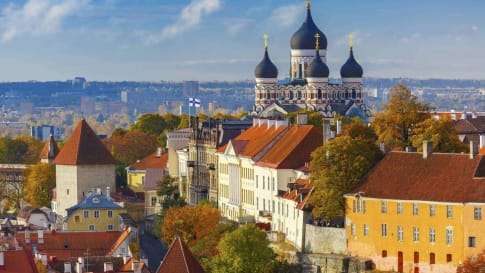
21 days
Sep, MayBaltics Small Group Escorted Tour: Latvia, Estonia, Lithuania
Visiting Estonia, Finland
An escorted small group tour to the Baltic States of Europe that explores the key destinations of this region starting in Berlin, then making its way through Poland, Estonia, Latvia, Lithuania, Finland and concluding in St. Petersburg. Each day has scheduled itineraries supported by local guides who share knowledge and authentic experiences of the places visited. This is small group travelling to the Baltics for like minded people.
From A$13,995 AUD
View Tour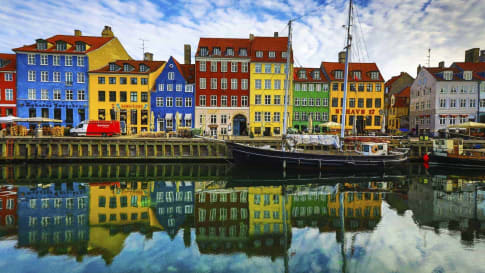
13 days
Jun, SepScandinavia tours for mature travellers
Visiting Denmark, Norway
Uncover on a small group tour for couples and solo travellers, a Viking past and view of the world’s biggest fjords on this journey through Scandinavia. In low-lying Denmark our small group journey takes us to visit the Zeeland, the sea land, and our program includes the vibrant capital of Copenhagen. In Norway we travel through endless forests, skirting great fjords to Bergen.
From A$14,995 AUD
View Tour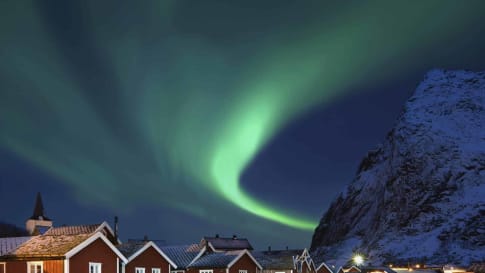
10 days
Oct, JanNorthern Lights Small Group tour | Visit Norway and Finland
Visiting Finland, Norway
Odyssey's small group tour following the Northern Lights allows you to experience serene snow-covered Arctic landscapes. Throughout our journey guides and specialists will outline the history of this stark region and the nature of the peoples who wrested their living from it. A unique opportunity to view this natural phenomenon travelling as part of a small group.
From A$9,625 AUD
View TourArticles

Baltic States Guide for mature & senior travellers
Baltic States Guide for mature & senior travellers Odyssey Traveller offers a 21 day tour of the Baltic States for mature and senior travellers. We explore Latvia, Estonia and Lithuania, as well as parts of…

Riga Cathedral, Latvia
One of the most recognisable features in the Latvian capital, Riga Cathedral is the seat of the Archbishop of the Latvian Evangelical Lutheran Church and the largest medieval church in the Baltic states. Found in 1211, the cathedral has been updated and renovated over the centuries meaning the architecture is an amalgamation of different styles from the 13th to 18th centuries. The majority of the church is in the Gothic style, built in the 15th century but the oldest portion has Romanesque features and the tower is 18th-century Baroque. While the cathedral is still used for church services, the complex includes the Museum of the History of Riga and Navigation. This museum features more than 500,000 archival items and tells the story of 800 years of Riga's history.
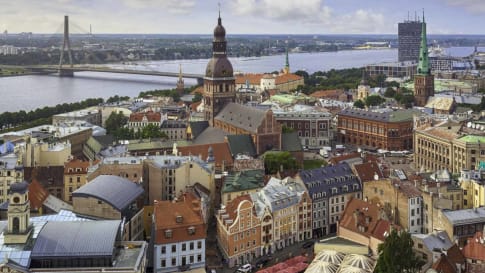
Riga, Latvia
The History of Riga Riga, the Latvian capital, is a beautiful city that lies on the banks of the Daugava River at its mouth on the Gulf of Riga at the Baltic Sea. Its amazing…
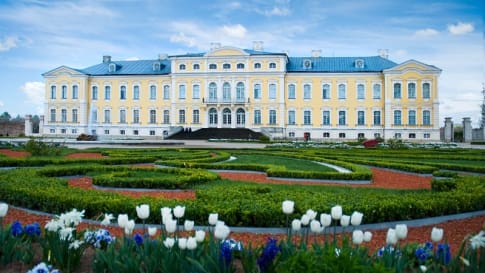
Rundale Palace, Latvia
80 km south of Riga, the Latvian capital, one will find Rundale Palace, a magnificent Baroque and Rococo-style mansion used as the summer residence for the Dukes of Courland. Often referred to as the 'Versailles of Latvia', the dazzling complex features wonderful formal gardens and the grand residence is a sumptuous monument to aristocratic opulence. The gardens and around 40 of the palace's 138 rooms are open to visitors and feature glimpses into the everyday life of 18th-century aristocrats.

Turaida Castle, Latvia
The beautiful Turaida Castle looks like it came straight off the pages of a storybook. One might expect to see a princess peering down at them from the castle's tall cylindrical tower, built in 1214. A medieval castle on a strip of land between two ravines at Gauja River, Turaida Castle is the highlight and most visually impressive element of Turaida Museum Reserve. The reserve encompasses the castle and the surrounding area and includes small galleries and exhibits, an art studio and a sculpture garden. Within the castle, there is a museum which offers an insight into the history of Livonia between 1319 and 1561. The name 'Turaida' comes from the Livic language and translates to 'Garden of Gods', which is a fitting name from the largest protected cultural monument and the oldest visible castle in the country. Less than an hour's drive from Riga, Turaida Castle is a must-see.
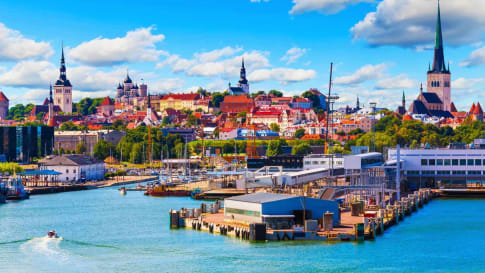
Baltic State History: The Definitive guide for Senior Travellers
History of the Baltic States The term “Baltic states”–used to describe the countries of Estonia, Latvia, and Lithuania–is a geopolitical term, a shorthand to group together these three Northern European sovereign states. But though the…

